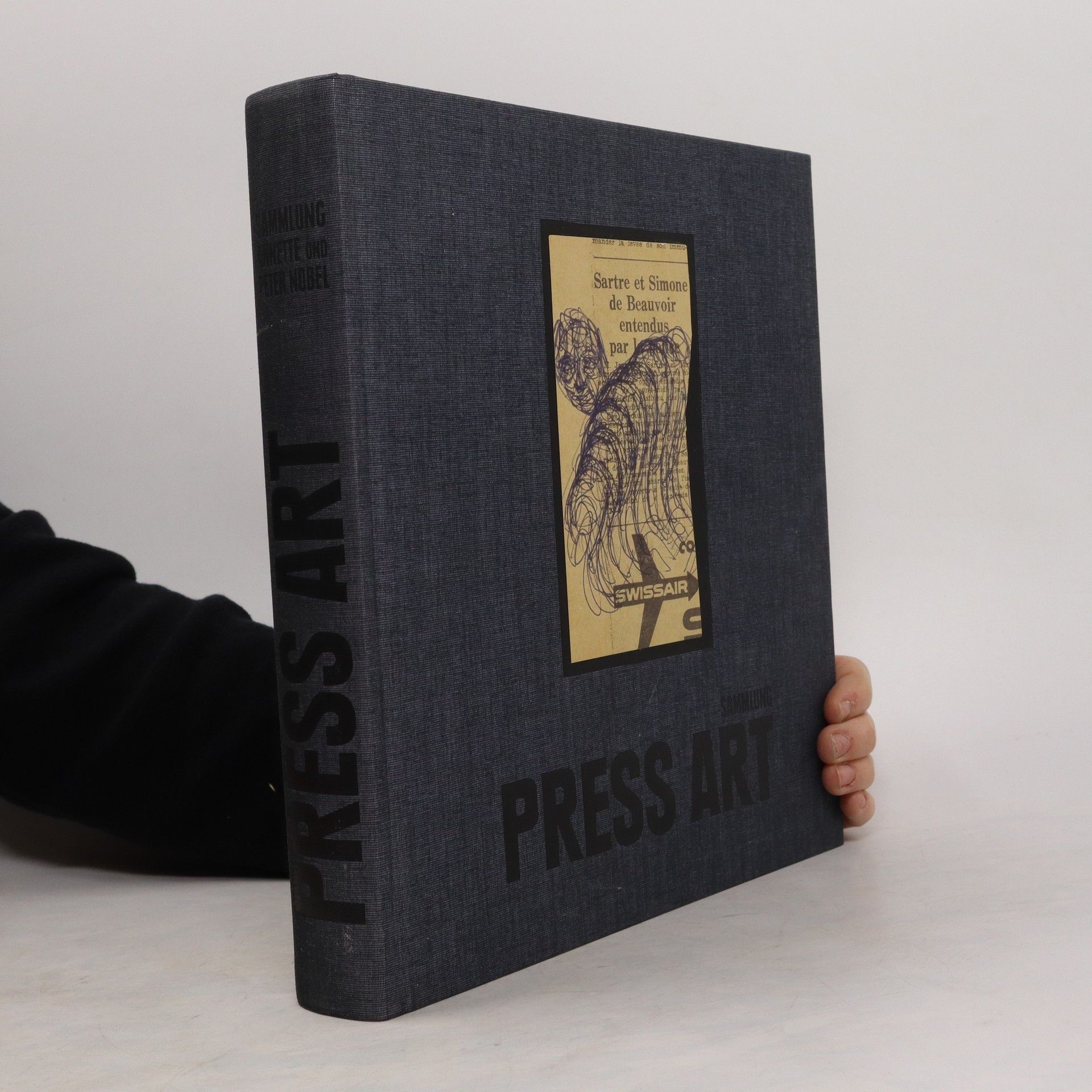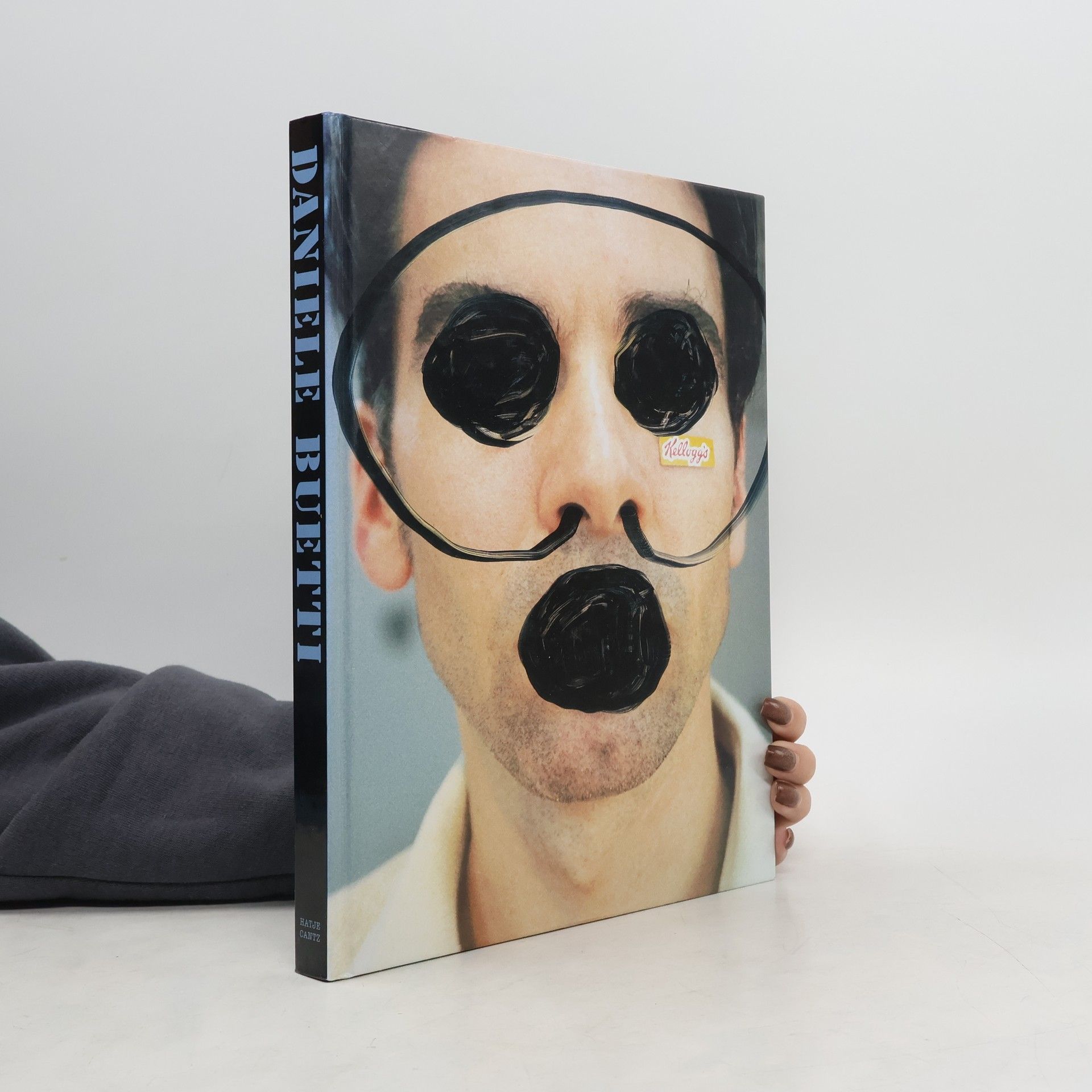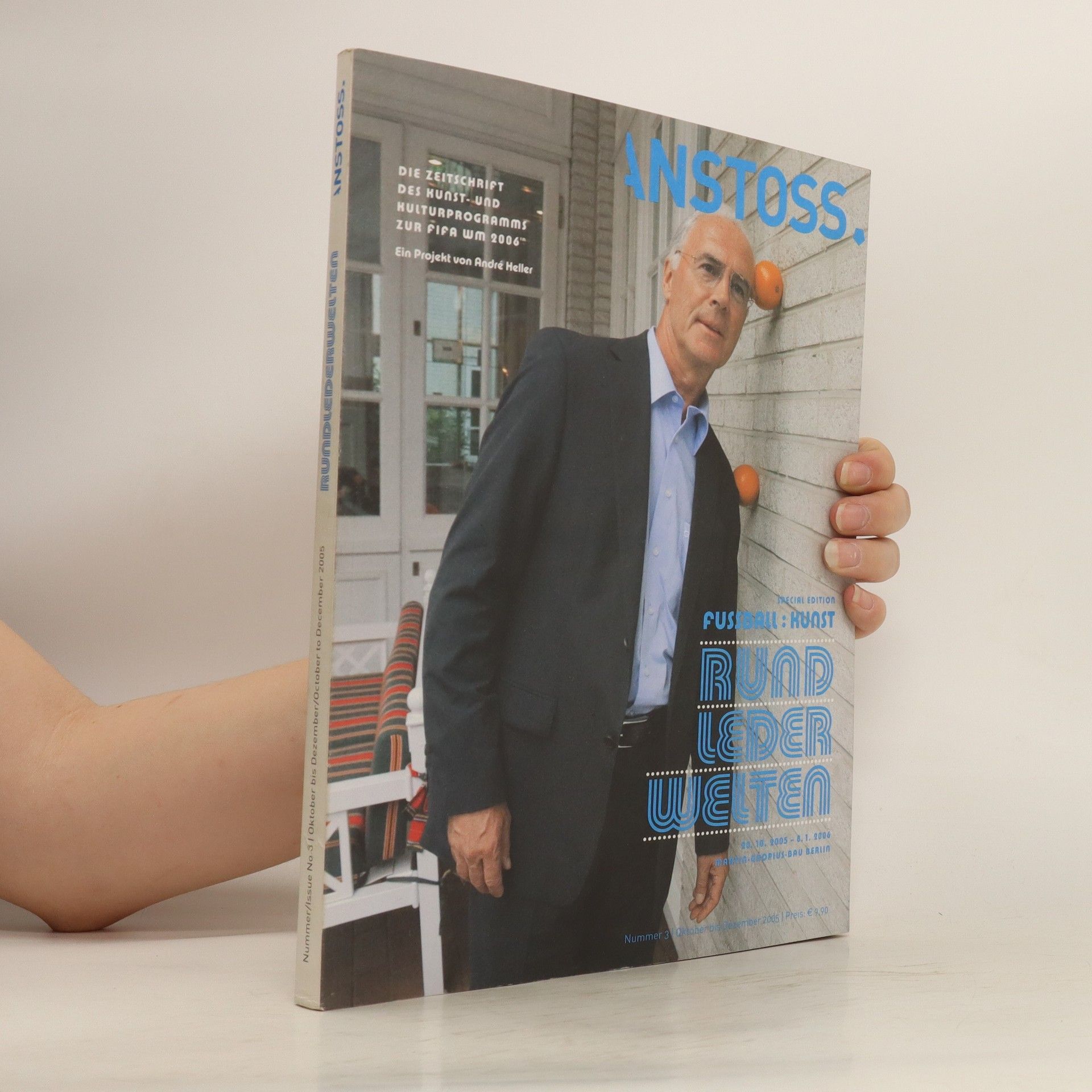Weaving together everything from Doctor Whoto classic botanical painting, Matsuyama's technicolor universes explore what it means to be a global citizen Dreamy, detailed and ultra-modern, the paintings of Tomokazu Matsuyama (born 1976) unite disparate cultural symbols into a new, universal reality, echoing the dynamism of contemporary life. He incorporates elements of popular culture and traditional art historical techniques to challenge individual identity in an age of ubiquitous images.
Christoph Doswald Libros




Daniele Buetti
- 240 páginas
- 9 horas de lectura
Wegen dem zunehmenden Einfluss, den die Massenmedien auf unsere Gesellschaft ausüben, beschäftigt sich auch die Kunst mit dem Verhältnis zwischen einer Nachricht und ihrer medialen Verbreitung. Seit die Kubisten die Zeitung als zeitgeistigen Beleg für Alltags- und Kaffeehauskultur in ihren Gemälde benutzten, hat sich aus diesem Verhältnis eine regelrechte Kunstgattung entwickelt: Press Art. Seit der zweiten Hälfte des 20. Jahrhunderts ist Medienreflexion aus der Gegenwartskunst nicht mehr wegzudenken: Pop Art, Nouveaux Realistes, Conceptual Art, Fluxus, Postmoderne, etc. – keine massgebliche Kunstbewegung hat sich der Thematik entziehen können. Der Zürcher Wirtschafts- und Medienanwalt Peter Nobel hat in den letzten 30 Jahren ein umfängliches Konvolut von Press-Art-Werken zusammengetragen. Der vorliegende Sammlungskatalog stellt erstmals die mehr als 800 Werknummern umfassende Kollektion vor – ein vielschichtiges und überraschendes Zusammentreffen von Kunst- und Weltgeschichte.